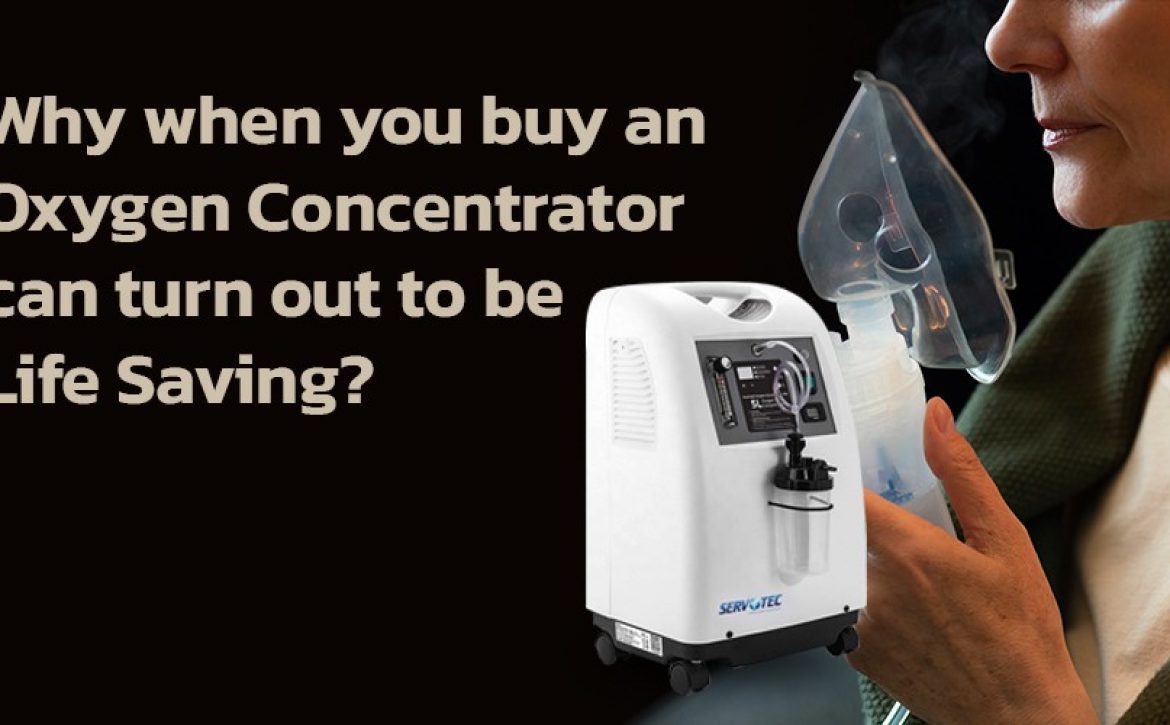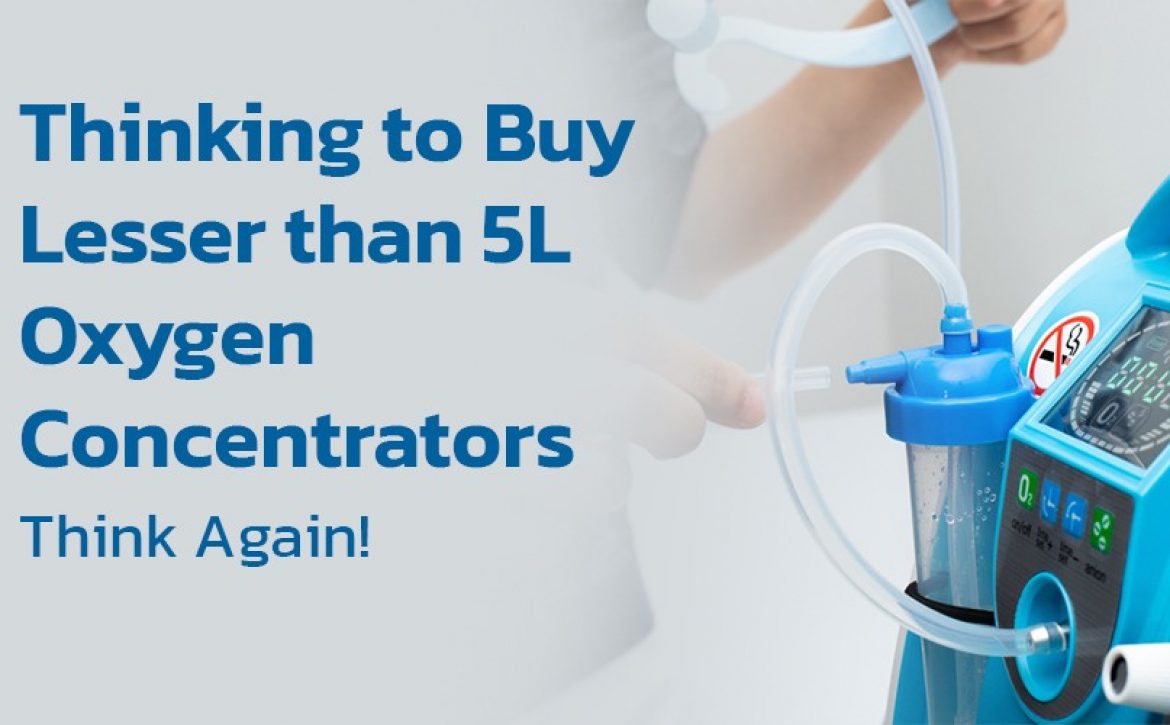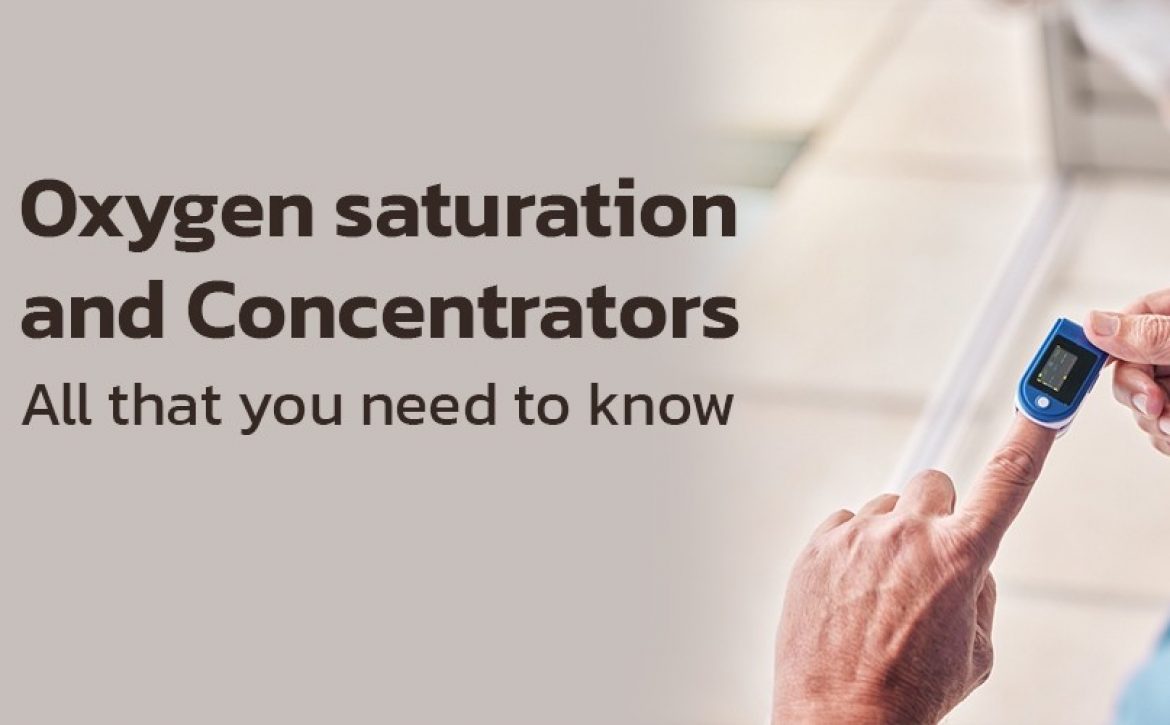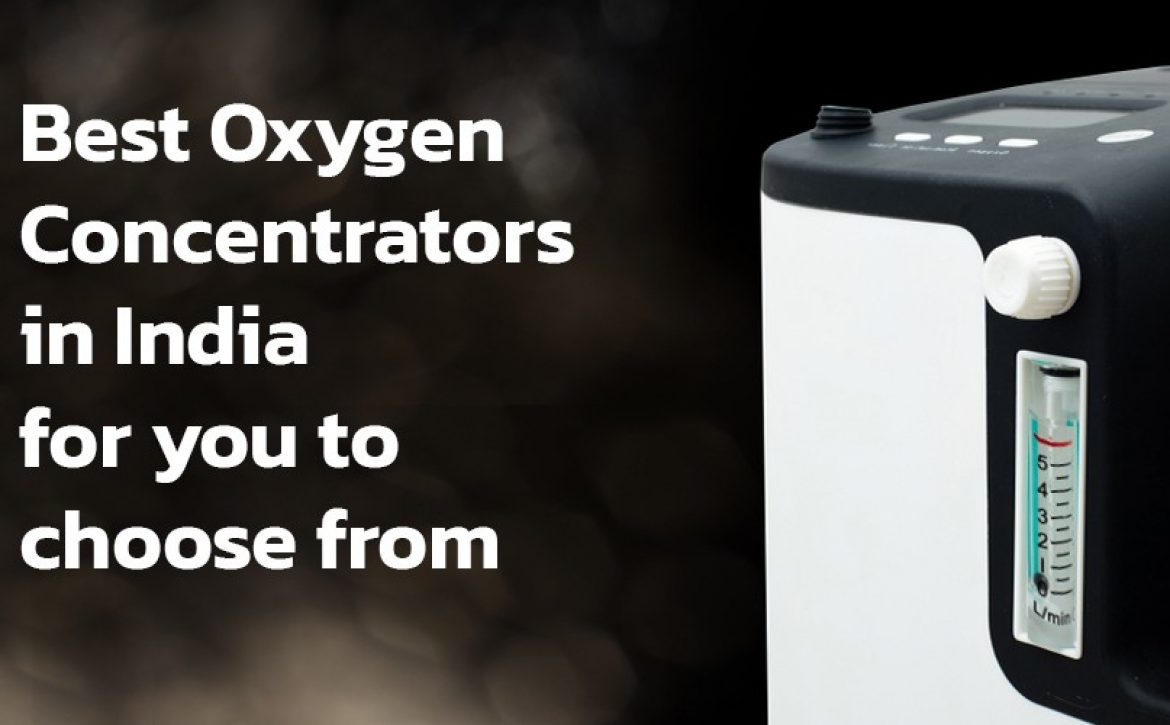6 things you should be aware of while using an Oxygen Concentrator overnight
Most experts agree that when you’re sleeping, you breathe differently than when you’re awake. Others breathe via their mouths, while others take weak, irregular breaths. In any case, during sleep, the oxygen level in the blood decreases, which is normal up to a point.
However, if you have asthma, sleep apnea, obesity, or heart disease, you may not obtain enough oxygen while sleeping. Low oxygen levels can exacerbate pre-existing illnesses and contribute to the emergence of new health problems.
As you may be aware, oxygen therapy can be quite beneficial for people suffering from respiratory ailments such as COPD. Oxygen therapy might help you get more done in a day and boost your energy levels. However, for those who aren’t used to it, getting used to oxygen treatment can be a pain– particularly if you’re attempting to sleep through it! Fortunately, there are ways to get the most out of supplemental oxygen therapy, even if you have to take it while sleeping.
If you’re new to using supplemental oxygen, or if you’ve been using it for a while but are having difficulties sleeping while on it, these suggestions can help you have a much better experience.
6 things you should be aware of while using an Oxygen Concentrator
So, here are 6 important things that you should be aware of while using an Oxygen Concentrator overnight.
1. Coping with its noise
When it comes to using oxygen therapy, one of the most common worries is that the noise level might be overwhelming when trying to sleep. It’s possible that your noisy oxygen concentrator is due to the fact that it wasn’t designed for light sleepers. Before you go shopping for a machine, be sure the sound it makes is less than 48 decibels so you can hear it.
2. Dryness of the nose and irritation of the skin
You may suffer adverse effects such as skin irritation and dryness in your nasal passages after using oxygen therapy routinely throughout the night or for extended periods of time. These two problems aren’t uncommon, as they can affect anyone who uses oxygen. To aid with the side effects, a humidifier is necessary for long-term oxygen therapy, and you can also use a moisturizing product such as a saline nasal mist or nasal gel to give lubrication and reduce dryness. In the long run, this may make using oxygen treatment more comfortable.
3. Use the appropriate oxygen rate
It’s common for your doctor to do an arterial blood gas (ABG) test, often known as oximetry, before starting oxygen therapy. This test determines the correct oxygen flow rate for you by measuring the oxygen in your blood. Once your doctor has prescribed a flow rate for you, you must set your concentrator to that rate and stay at it. If you don’t get enough oxygen when sleeping, it can harm your brain and heart. On the other side, exceeding this oxygen flow rate can have negative consequences. You must adhere to your doctor’s instructions.
4. Maintain it on a regular basis
You must ensure that your machine undergoes the proper maintenance inspection and procedure to ensure that it continues to perform without issues. Some oxygen concentrators have filters that must be cleaned on a regular basis. You must follow the maintenance instructions in the manual to ensure that your machine is operating at its best.
5. Proceed with caution while using the machine.
Depending on your doctor’s advice, you may need to use oxygen treatment on a daily basis. While sleeping, you may experience low oxygen levels. Others require oxygen therapy on a regular basis to supplement their oxygen requirements. In any case, you must follow your doctor’s instructions in order to achieve the best outcomes.
6. Maintaining the position of the oxygen mask or cannula
When looking for a cannula or mask, make sure it fits comfortably around your chin and mouth. If the rubber chafes against your face, wrap it in white first-aid tape to act as padding for the tube. Another common problem is when the nasal prongs brush against the insides of your nostrils, producing pain. If this happens to you, lubricate the prongs’ ends with a thin layer of water-based lubricant. You can also use a saline nasal spray on a daily basis to keep your nasal passages wet and relieve pain during the therapy.
Before we end this blog it’s only fair to run down on the benefits that these machines offer if you’re sleeping on them; it allows us to have a holistic view in front of us. So, here are the perks:
- A considerable increase in sleep quality, allowing the body to recover correctly;
- Improved mood by alleviating anxiety and melancholy brought on by insomnia;
- A good night’s sleep gives you more stamina, vitality, and attentiveness during the day;
- There is a significant reduction in the chance of developing health problems as a result of low oxygen levels.
The Conclusion
Don’t take off your mask or cannula, no matter how tempted you are to do so. Continue to wear it. Although oxygen therapy may be difficult at first, after you get used to it, you will notice that your breathing improves. It can bring about a positive contrast in the quality of your life! The most important thing is to follow your doctor’s instructions, which will pay off in both daily activities and in the long run.
You can learn more and all about Servotech’s Oxygen Concentrators and even shop them at:










